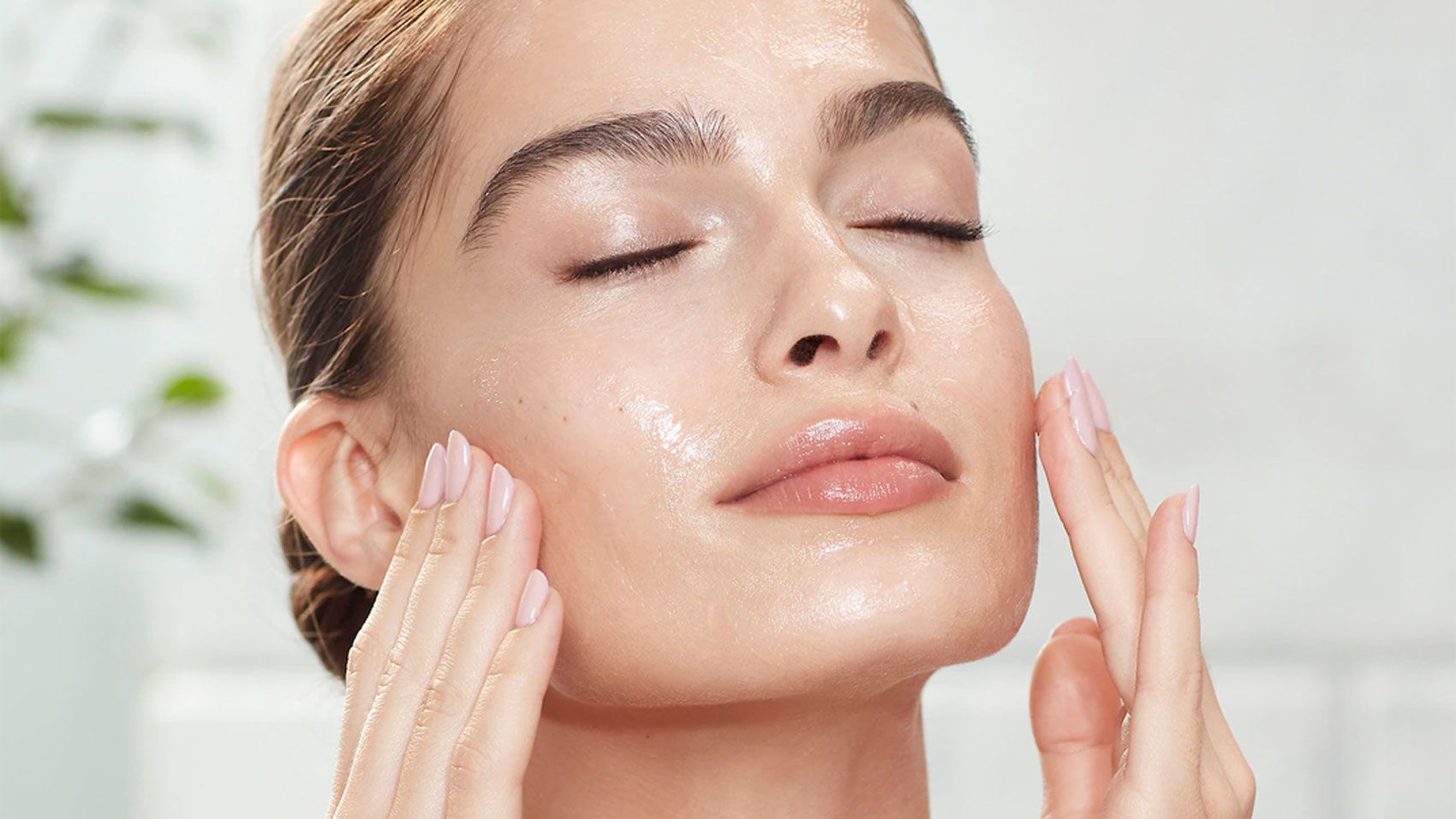
Physical exfoliants are a popular choice for those looking to achieve smoother, brighter skin. But what exactly are they, and how do they work? Physical exfoliants use small, gritty particles to manually scrub away dead skin cells from the surface of your skin. This process can help unclog pores, reduce the appearance of fine lines, and improve overall skin texture. Unlike chemical exfoliants, which use acids to dissolve dead skin cells, physical exfoliants provide immediate results you can feel. However, it's important to use them correctly to avoid irritation or damage. Ready to learn more? Here are 20 facts about physical exfoliants that will help you understand their benefits, how to use them safely, and what to look for when choosing the right product for your skin type.
What is a Physical Exfoliant?
Physical exfoliants are skincare products designed to remove dead skin cells through manual scrubbing. They often contain small, gritty particles that help to slough off the outer layer of skin, revealing a smoother, brighter complexion underneath. Here are some fascinating facts about physical exfoliants.
-
Ancient Origins: Physical exfoliation dates back to ancient Egypt, where people used alabaster, honey, and sour milk to keep their skin smooth.
-
Natural Ingredients: Many physical exfoliants use natural ingredients like crushed walnut shells, sugar, or salt. These provide a gentle yet effective way to exfoliate.
-
Microbeads Controversy: Microbeads, once popular in exfoliants, are tiny plastic particles harmful to marine life. Many countries have banned them due to environmental concerns.
-
DIY Options: You can make your own physical exfoliant at home using ingredients like coffee grounds, oatmeal, or baking soda mixed with a bit of water or oil.
-
Frequency Matters: Over-exfoliating can damage your skin. Experts recommend using physical exfoliants no more than 2-3 times a week.
Benefits of Physical Exfoliants
Using physical exfoliants can offer several benefits for your skin. They can improve texture, tone, and overall appearance. Let's dive into some specific advantages.
-
Improved Skin Texture: Regular exfoliation helps to smooth out rough patches, making your skin feel softer and more even.
-
Enhanced Absorption: By removing dead skin cells, physical exfoliants allow other skincare products to penetrate more deeply and work more effectively.
-
Brightened Complexion: Exfoliating can help to remove dull, dead skin cells, revealing a brighter, more radiant complexion.
-
Unclogged Pores: Physical exfoliants can help to clear out clogged pores, reducing the likelihood of blackheads and acne.
-
Stimulated Circulation: The massaging action of physical exfoliation can stimulate blood flow, promoting healthier, more vibrant skin.
Types of Physical Exfoliants
There are various types of physical exfoliants available, each with its own unique properties. Understanding these can help you choose the best one for your skin type.
-
Scrubs: These are the most common type of physical exfoliant, containing small particles like sugar, salt, or crushed nuts.
-
Brushes: Facial brushes or cleansing brushes use bristles to manually exfoliate the skin. They can be used with or without an exfoliating cleanser.
-
Sponges: Konjac sponges, made from the root of the konjac plant, offer gentle exfoliation suitable for sensitive skin.
-
Exfoliating Gloves: These gloves have a rough texture that helps to slough off dead skin cells when used in the shower.
-
Microdermabrasion Tools: These devices use fine crystals or a diamond tip to exfoliate the skin, often providing more intense exfoliation than scrubs or brushes.
Tips for Using Physical Exfoliants
To get the most out of your physical exfoliant, it's important to use it correctly. Here are some tips to keep in mind.
-
Gentle Pressure: Apply gentle pressure when using a physical exfoliant. Scrubbing too hard can cause irritation and damage.
-
Moisturize Afterward: Always follow up with a good moisturizer to help soothe and hydrate your skin after exfoliating.
-
Avoid Sensitive Areas: Be careful around sensitive areas like the eyes and lips, as the skin here is thinner and more prone to irritation.
-
Patch Test: If you're trying a new exfoliant, do a patch test first to ensure you don't have an adverse reaction.
-
Sun Protection: Exfoliating can make your skin more sensitive to the sun, so always apply sunscreen if you're heading outdoors.
The Final Buff
Physical exfoliants can work wonders for your skin, but they need to be used correctly. Overdoing it can lead to irritation or damage. Always choose a product that suits your skin type and follow up with a good moisturizer. Remember, exfoliation should enhance your skincare routine, not harm it.
If you're new to exfoliating, start slow. Once or twice a week is usually enough. Pay attention to how your skin reacts and adjust accordingly. And don't forget, sunscreen is your best friend after exfoliating. Your skin will be more sensitive to the sun, so protect it well.
Incorporating physical exfoliants into your routine can leave your skin feeling smooth and looking radiant. Just be mindful of your skin's needs and you'll reap the benefits. Happy exfoliating!
Was this page helpful?
Our commitment to delivering trustworthy and engaging content is at the heart of what we do. Each fact on our site is contributed by real users like you, bringing a wealth of diverse insights and information. To ensure the highest standards of accuracy and reliability, our dedicated editors meticulously review each submission. This process guarantees that the facts we share are not only fascinating but also credible. Trust in our commitment to quality and authenticity as you explore and learn with us.


